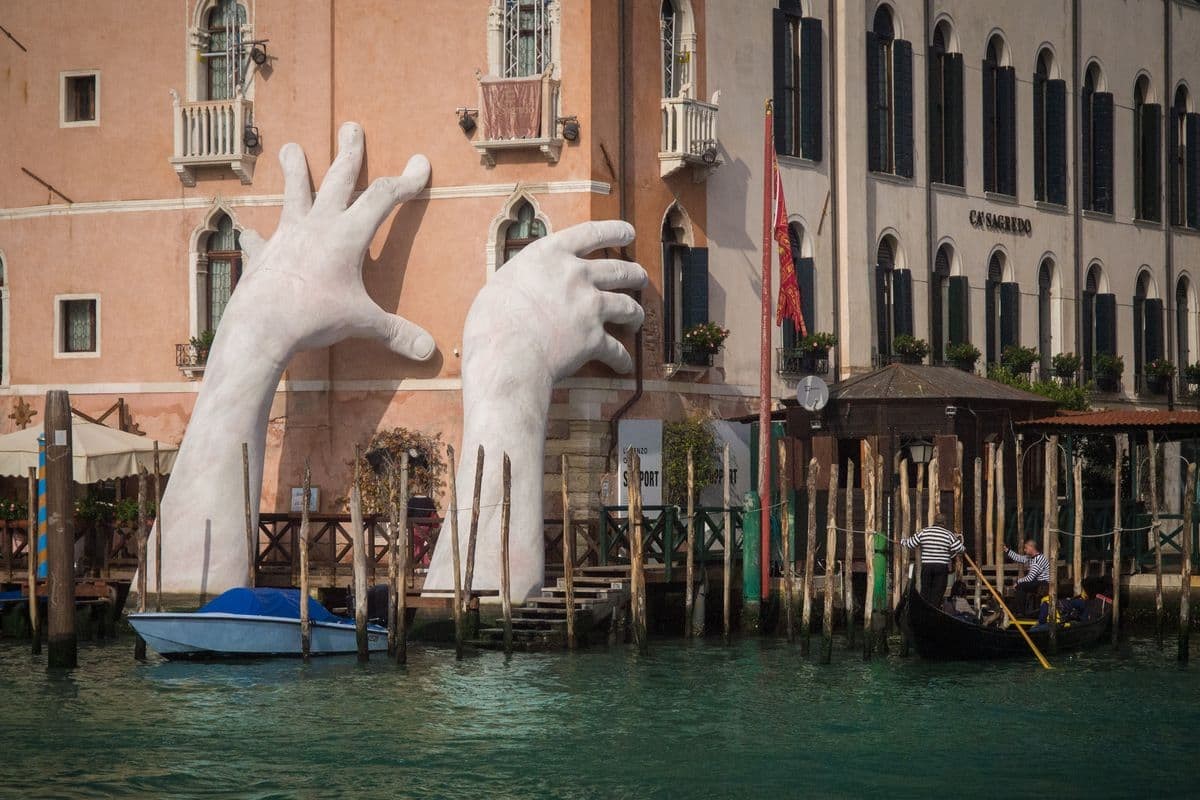





Disclaimer: Copyright infringement not intended.
Context
Details
Origin and Significance
Format and Structure
India's Participation
India's Presence in 2024
Introduction to Venice
Top Attractions in Venice
|
PRACTICE QUESTION Q. Consider the following statements in reference to Venice: 1. Venice in Austria is often referred to as the "City of Canals." 2. Venice was founded by refugees fleeing the barbarian invasions of northern Italy. Which of the above statements is/are incorrect? a.1 only b.2 only c.Both 1 and 2 d.Neither 1 nor 2 Answer: a |










© 2025 iasgyan. All right reserved